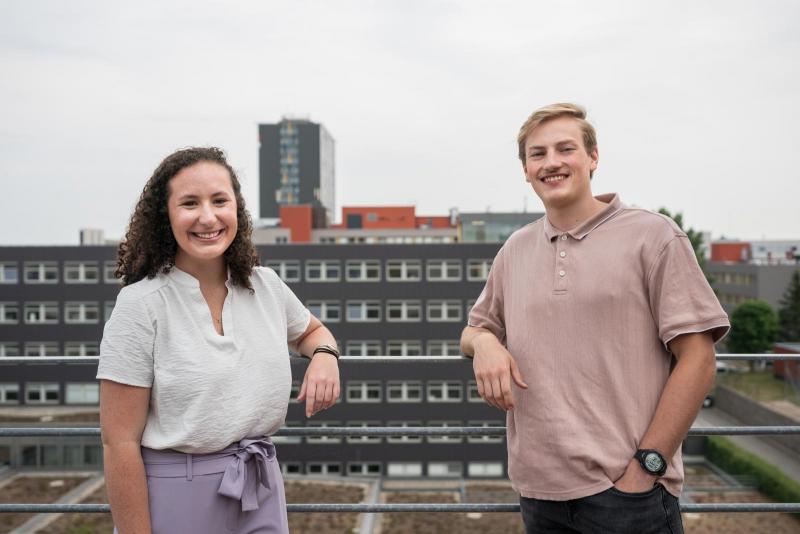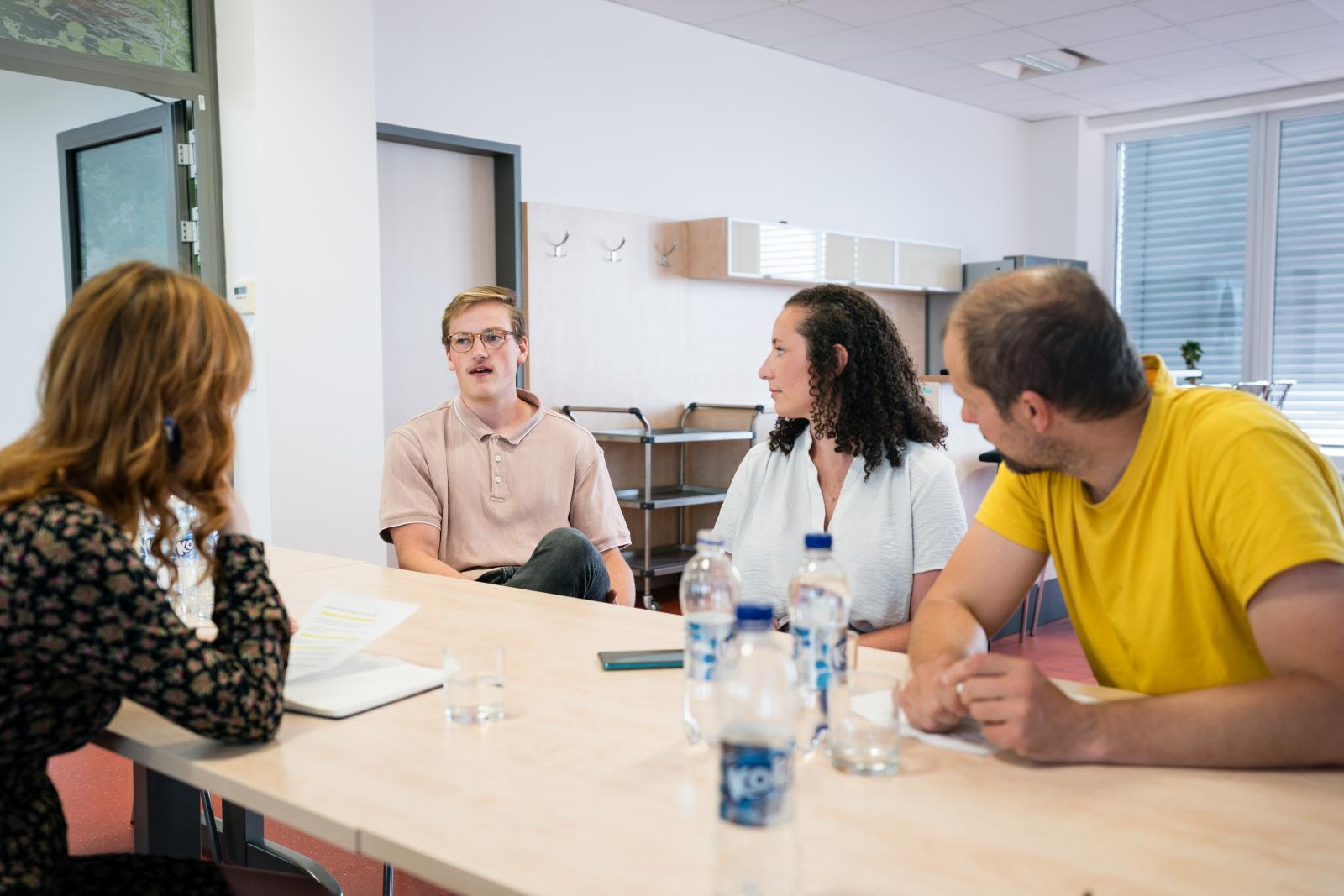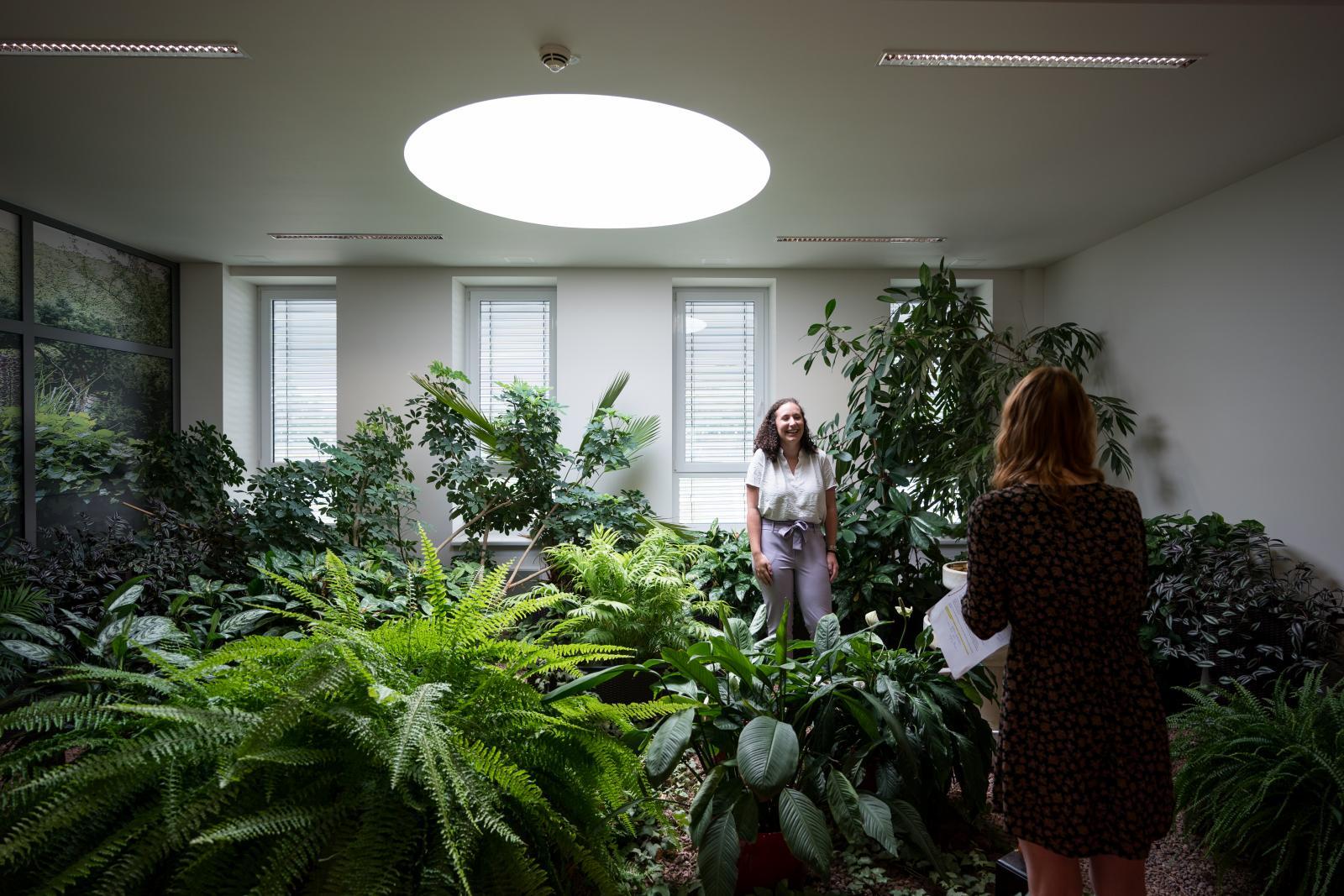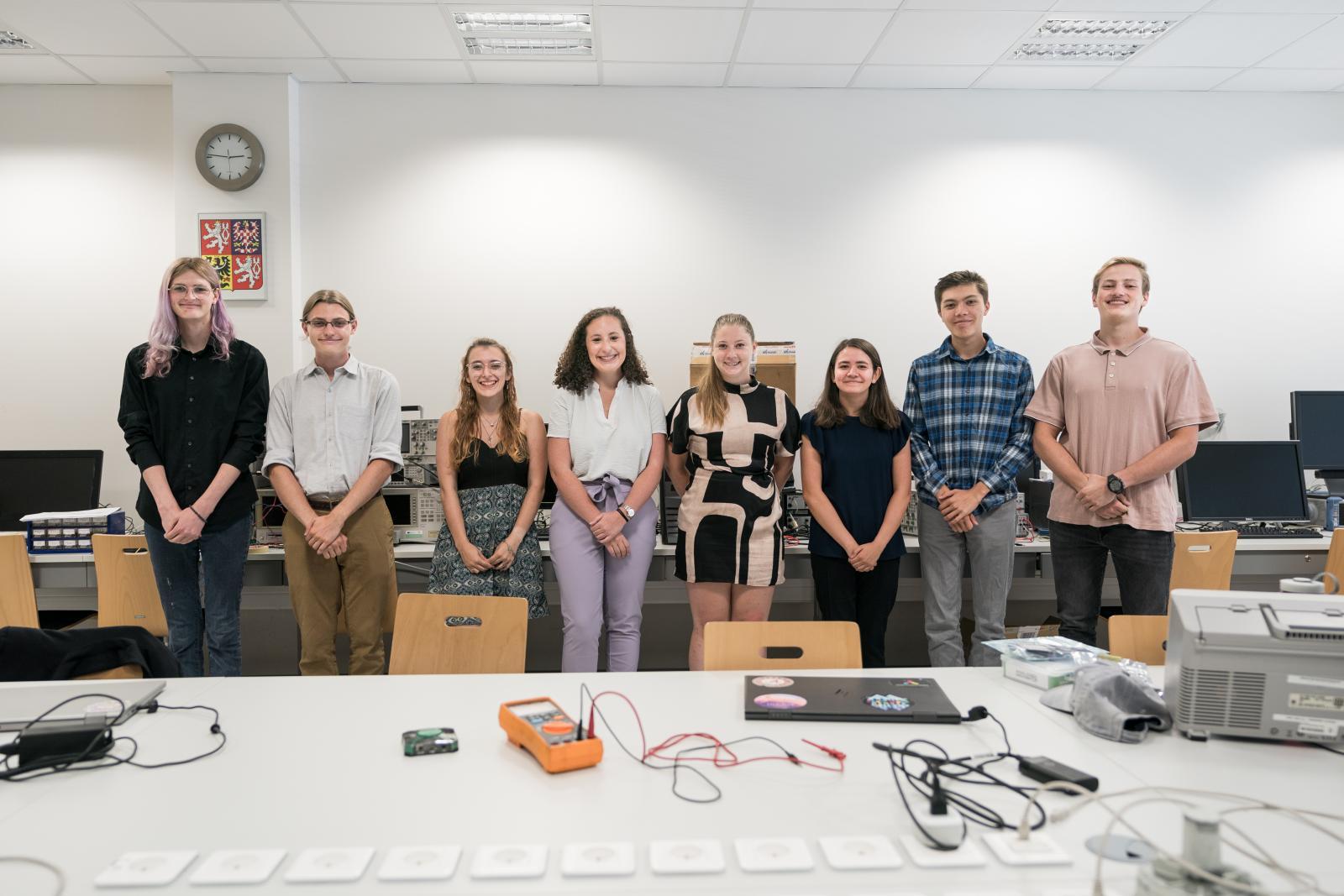Topic
Great mentors and research. Alabama students enjoyed stay at FEEC and Brno

Another group of eight Electrical Engineering students from the University of Alabama (UA) had an opportunity to spend time in Brno and work on their research in state-of-the-art laboratories. They participated in a joint UA and Brno University of Technology project at Department of Telecommunications, Faculty of Electrical Engineering and Communication (FEEC) and were led by Jaroslav Koton and team members of the research group Development and testing of electronic circuits, elements and prototypes. We asked two of them, Riley Kerr and Kurt Cantrell, to talk about their experience as their three-month stay in Brno came to a close.
Why did you decide to apply for the programme and has it fulfilled your expectations?
Kurt: I chose to apply because I was interested in the topic of the research itself, but also in the exploration of the cultural experience aspect. This was also going to be my first time in Europe.
Riley: I wanted to get a taste for research and see if that was a field that I would be interested in going into after graduation. And this has definitely fulfilled those goals. I've been able to work with some great mentors and had a great experience in the research field.
What do you think is the benefit of programmes like this one?
Kurt: I think it's incredibly valuable to spend time in a place that's not your native culture and to be exposed to different ideas and different experiences.
Riley: I definitely think you grow as a person going to a different place and not speaking the native language and working with people from a different culture.
How would you describe your research in a simplified way?
Riley: For my project I am taking the impedance measurements of different liquids and then taking that data and putting it through a code that will eventually make a circuit model that models that same behavior as the impedance plots. So we have something physical that models this behavior.
Kurt: There are certain circuit elements that are common, like resistors and capacitors and inductors, and they can be modeled mathematically in a certain way. But there's steps in between those components that you can also model mathematically, and my project is exploring the in between those common elements. I am trying to create a broad array of how many different points between the common elements we can have.
How will this research be applied practically?
Riley: Our end goal is to eventually have a portable impedance analyzer that can test liquids, especially those for consumer goods, to see if there's been any contamination in the process of shipping in order to enhance the safety of things that we consume.
Kurt: Something like biological tissue. If you were to model that as a circuit, it would not just be a resistor or a capacitor. It would be modeled by one of those intermediary steps. So being able to have a wide selection to choose from will allow you to model your, say, biological tissue to a circuit more rapidly for quicker testing.
How would you describe the cooperation between students and professors in the programme? Is it any different from your experiences at home?
Riley: There's a greater number of available mentors here. Also at our home university we only have the Department of Electrical Engineering whereas here is an entire faculty of Electrical Engineering and then, say, the Department of Telecommunications or the Department of Radio Electronics.
Why did you choose electrical engineering?
Riley: I originally started out in chemical engineering and did something we call in the States a co-op. I went into industry and started working full time every other semester in a lab where I was doing chemical engineering. This was when I realised I didn’t want to do it for the rest of my life. So I changed my major and right after that I took a circuits intro class, which I fell in love with. This really reassured me that that path was the right way to go.
Kurt: In high school I was interested in cardiac electrophysiology or just the electrical signals that are in the human body, like the brain and the heart. And I wanted to go into something that you can mark with your hands. So doing electrical engineering with hopefully eventually more of a biomedical focus was something that I was interested in.

Where do you see yourself in the future?
Riley: I think I will go back into industry.
Kurt: I want to do a few years, maybe one or two, in industry before I decide whether I'm interested in doing a PhD in the future.
Would you encourage freshmen to go into research?
Riley: I would definitely recommend at least doing something like this, give it maybe three months of your time to test the waters and see if you like it.
Kurt: I think it's a good idea to look into what type of research different professors are working on and maybe explore if they have an opportunity for an undergraduate to assist them in the lab.
Riley, as a member of women’s societies back at the University of Alabama, what is their importance in supporting young female scientists?
Riley: All the societies that I'm a part of at Alabama, they do a great job of assisting and empowering women to go into these fields. In my sorority, we have kind of smaller groups, and it'll be just women in engineering or business. You'll be able to talk to girls that have already graduated and network with them. They can help you through postgrad, getting a job, and everything like that. That really helps you feel supported in a field where you're a minority.

If you could take one thing from UA and put it in BUT and vice versa, what would those things be?
Kurt: I was actually surprised by some of the similarities, like getting familiar with certain lab equipment here was very similar to lab equipment back in the States.
Riley: Maybe bring air conditioning to Brno. (laughs) And probably bring back your public transport system.
Can you talk about the differences between the two universities and cultures?
Riley: The UA campus is a closed campus,more concentrated. You can walk from anywhere and get to the other side in 20-30 minutes. It's pretty walkable. Sports are a really big deal at UA, too.
Kurt: I would say UA is very separate from the city, whereas BUT is more integrated within Brno, which I've found to be very nice for different things. The city itself is much more walkable than any city I've worked in, for sure.
Riley: I like going into city center just after lab, hanging out, grabbing some dinner. Usually all of us would go together and just hang out, do our own thing. It's pretty fun.
Thank you so much for sharing.
(tw, kub)
Through the Špitálka smart district will be a running trail in the clouds
Women from BUT who move the world of science and technology
Award-winning Volteek project offers a modular battery management system developed through a student formula
Antibiotic resistance in the poultry microbiome is investigated by FEEC BUT
Student Jan Jilčík collects medals in Brazilian jiu-jitsu and grappling tournaments